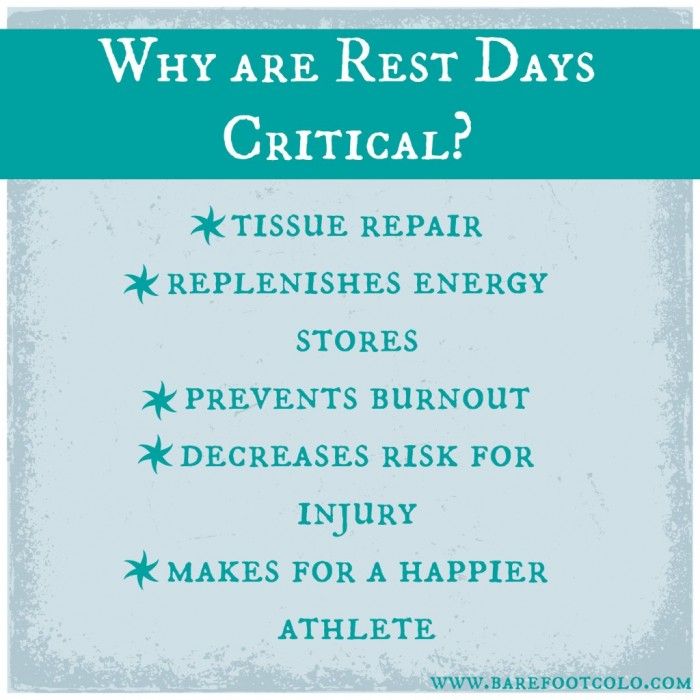Rest and Recovery
Posted on November 27th, 2019 by Andries Lodder

We’re always told to stay active and get regular exercise. But sometimes, more isn’t always better.
Taking regular breaks allows your body to recover and repair. It’s a critical part of progress, regardless of your fitness level or sport. Otherwise, skipping rest days can lead to overtraining or burnout.
Benefits

1. Allows time for recovery
Specifically, rest is essential for muscle growth. Exercise creates microscopic tears in your muscle tissue. During rest, cells called fibroblasts repair it. This helps the tissue heal and grow, resulting in stronger muscles.
2. Prevents muscle fatigue
Rest is necessary for avoiding exercise-induced fatigue. Remember, exercise depletes your muscles’ glycogen levels. If these stores aren’t replaced, you’ll experience muscle fatigue and soreness.
3. Reduces risk of injury
Regular rest is essential for staying safe during exercise. When your body is overworked, you’ll be more likely to fall out of form, drop a weight, or take a wrong step.
Overtraining also exposes your muscles to repetitive stress and strain. This increases the risk of overuse injuries, forcing you to take more rest days than planned.
4. Improves performance
When you don’t get enough rest, it can be hard to do your normal routine, let alone challenge yourself. Rest increases energy and prevents fatigue, which prepares your body for consistently successful workouts.
5. Supports healthy sleep
While regular exercise can improve your sleep, taking rest days is also helpful. Physical activity increases energy-boosting hormones like cortisol and adrenaline. Constant exercise, however, overproduces these hormones. Rest will help normalize these levels.
What to do on your rest day
To get the most out of your rest day, consider the following:
Low-impact workout
Like yoga, low-impact exercise is a great rest day activity. Low-impact workouts help you stay active without overstressing your body. They also let you enjoy exercise in a more relaxing way.
Examples of low-impact workouts include:
Signs you need a rest day
If you notice any of the following signs, it might be time to take a break:
- Sore muscles. While it’s normal to feel sore after exercise, persistent soreness is a red flag. It means your muscles haven’t recovered from past workouts.
- Fatigue. Pay attention to extreme exhaustion.
- Pain. Muscle or joint pain that doesn’t go away might be a sign of an overuse injury.
- Emotional changes. When you’re physically burnt out, hormones like serotonin and cortisol become imbalanced. This can cause changes like irritability, crankiness, and mood swings.
- Sleeping issues. High levels of cortisol and adrenaline can make it hard to get quality sleep.
- Reduced performance. If your normal routine feels difficult, or if you stop seeing progress, take a rest day.
The bottom line
Whether you’re a novice or seasoned athlete, regular rest is crucial. It’s necessary for muscle repair, preventing fatigue, and overall performance. If you are struggling with designing your own programme and would like some assistance, contact us and let us get you to where you need to be.
Tweet